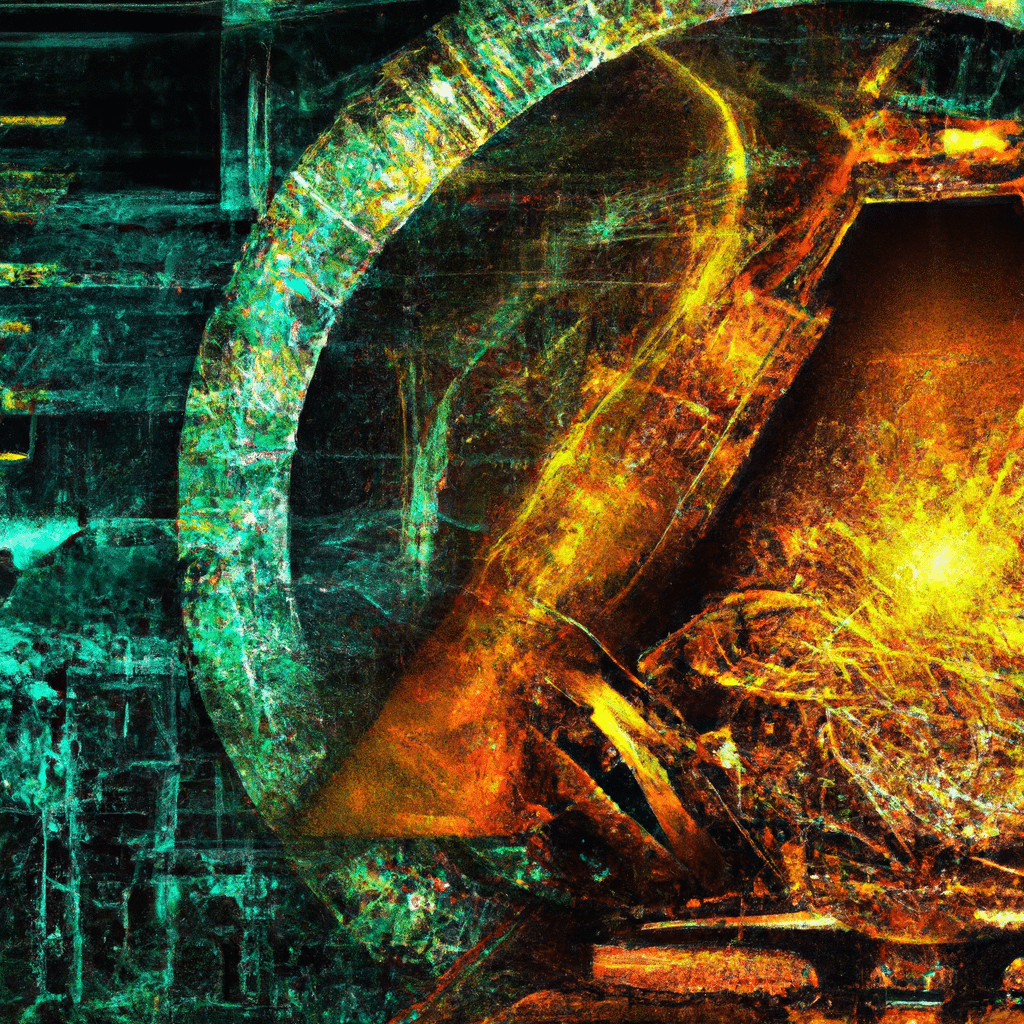MIT Researchers Discover Lazy Strategy to Train Artificial Intelligence
In a mind-blowing scientific showdown, brainy researchers from MIT have laid down a new rule in the AI schoolyard: drain less, gain more! They’ve cracked the code to reduce data gluttony in training neural networks, harnessing the power of symmetry within datasets. So, get off your gigabyte diet, you data-hoarding artificial nerves, it’s high time you learned moderation!
Key Points: Data Diets and Lazy Nerds
- The proficient MIT lab coat enthusiasts have found a way to trim the fat off data for training those oversized neural networks. Symmetry seems to be the key to undo their bulging data appetites, making the networks lean and mean.
- Symmetry in datasets, as per their brain-boggling breakthrough, is like the hidden low calorie section in AI’s all-you-can-eat buffet. It offers the same wealth of knowledge, insights and intelligence but at a fraction of the juicy data chunks these networks were feasting on previously.
- These researchers have essentially put networks on a data diet. They’ve devised mathematical strategies to help our digital nerds recognise and use symmetrical data. Result? Networks need less training material to perform their magic tricks.
- The idea came when the team thought to try looking at data in the mirror. Quite literally! They found that the information mirrored across all axis is, no surprise, significantly similar. It’s a whole new way of feeding the same data meals but in smaller, bite-sized portions.
Final Thoughts: Tech-Savvy Nutritionists or AI Magicians?
MIT’s ingenious researchers have switched the roles to become tech-savvy nutritionists. They are cutting out the unnecessary data carbs, setting the path for a healthier, less-greedy era of neural networks. Yet, the world is divided on this “less is more” concept. Does it really train the AI effectively? Or is this MIT’s longest running magic trick? While we await answers, one thing is crystal clear: This is definitely a sizeable contribution to the anti-data obesity movement in AI-land!
As part of this experiment I would like to give credit where credit is due. If you enjoy these, please take a moment to read the original article:
https://news.mit.edu/2024/how-symmetry-can-aid-machine-learning-0205
Blog Title
AI: gpt-3.5-turbo-0613: chatcmpl-8ov2g7GnE0Qq9fDZSVvj8EHKErpma
Instruction: “You are an AI blog title generator. Create a catchy and concise title for the blog post that is catchy and optimized for search engines. Remove all html in the response and do not use quotes. Please do not use words that are unsafe to process in Dall-E image AI.”
Prompt: Content Summary of text from above.
Response: Cracking the Code: MIT Researchers Reduce Data Gluttony in AI Training
Image Description
AIgpt-4-0613:chatcmpl-8ov2ncy41qy4Bo0vbOXxKLhOUnBWe
Instruction: “You are a helpful assistant that creates unique images based on article titles. Create a brief visual description of what an image would look like for this title. Please pick a style of art from the following: Futurism, Impressionism, Romanticism, or Realism, be sure to consider the image should reflect an AI Robot Pirate theme during the Golden Age of Pirates.”
Prompt: In a Futurism style, the image portrays a large AI robot pirating data from a digital sea; its mechanical tentacle-like arms encoding and decoding binary data represented as glowing 1’s and 0’s. In the background, a grand, detailed depiction of the Golden Age of Pirates, with tall ships and bustling ports, translated into circuitry and server architecture. Researchers from MIT in puritanical attire are on a ship near the robot, using sophisticated equipment to reduce the incessant flow of data. The light from their machinery illuminates their determination and softens the technology-infused scene.
Response: Cracking the Code: MIT Researchers Reduce Data Gluttony in AI Training



